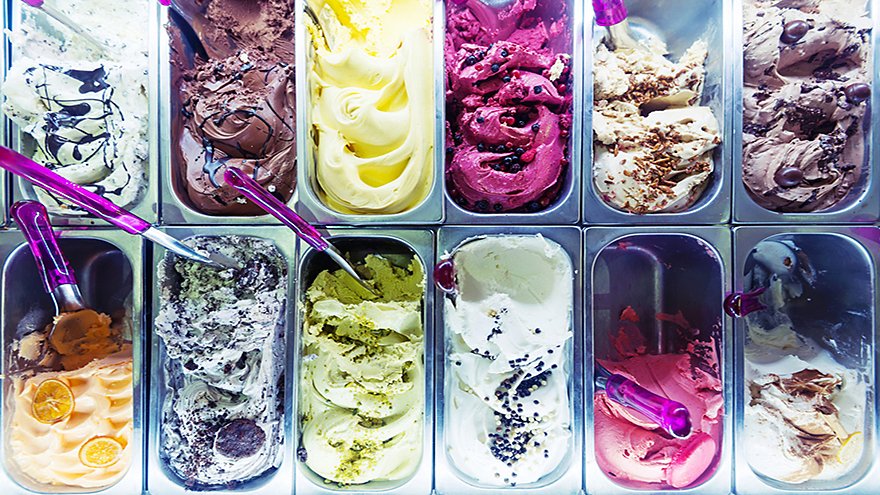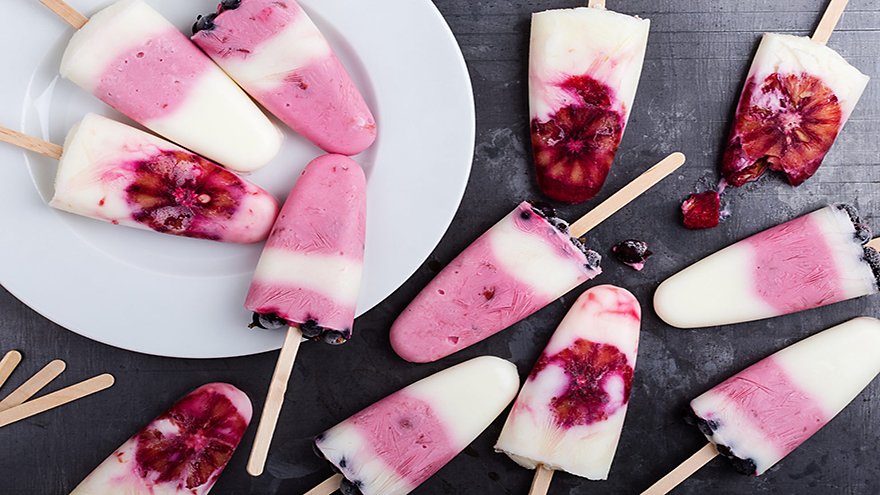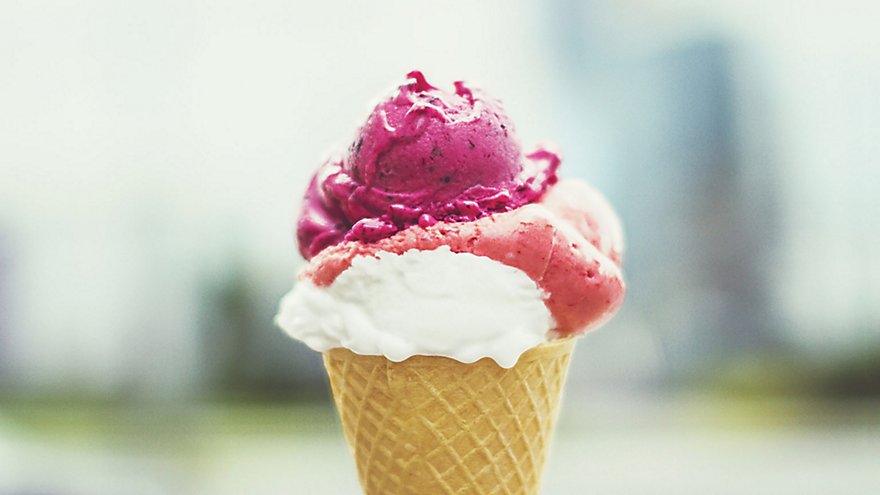TETRA PAK |
Fast-evolving consumer tastes in ice cream have implications for producers looking to keep pace with the market and satisfy demand. Tetra Pak looks at four key global trends in ice cream and how you can capitalise on them.

1. Indulgence: rich, but not too rich
Ice cream: two words with the power to send consumers' taste buds into overdrive. For what is ice cream, if not a moment of luxury, a blissful, decadent treat to be savoured down to the last drop?
For modern ice cream consumers, indulgence is the name of the game. In China, for example, more than three-quarters of ice cream consumers are willing to pay more for indulgent ice cream.
Producers respond to these market forces by "premiumising" their products – making them more sumptuous, tastier and creamier. Premiumisation today involves adding innovative flavours and more advanced constructions to deliver new sensations and a deluxe eating experience.
Including food pieces such as chocolate, candy, nut and cake particles is a fast-growing premium trend. So too is the adoption of more intricate designs such as swirls, multiple coating layers, and sophisticated shapes.
It is important when developing your products that the new ingredients work in harmony with your ice cream base. Per-Henrik Hansen, Tetra Pak Innovation Manager, said it is vital to consider the consumer's overall experience.
"If you add inclusions to an already-lavish product, you risk creating an ice cream that is overly rich," he explains.
Typically a premium ice cream has a fat content of around 15-16 percent and is rather dense, containing relatively little air. Adding elements like cookie chips, chocolate or salty caramel ripple will create a more advanced product, but one with a higher fat content that may be too rich and heavy even for the indulgence-seeking consumer.
The solution? Consider adapting the recipe to make the ice cream base a little lighter.
"You can achieve this by reducing fat content to, say, 12-13 percent and by increasing air content – known as overrun – during the production process," Hansen said.
"This creates a little extra lightness that offsets the inclusions or chocolate layers that you want to add."
"By adjusting overrun, tailoring the fat content of your ice cream base and also monitoring the quantity of your inclusions, you will ensure your product is not too rich but still deliciously indulgent."

2. Convenience: how to stop the drip
Ice cream is an on-the-go classic. People love nothing more than to buy an ice cream cone or stick on a summer's day and wander the street savouring their cooling snack.
But convenience is not just about portability. Consumers today also increasingly seek to avoid mess – and to protect their hygiene in the post-Covid-19 era. A premium stick novelty ice cream that smears a smartphone screen, drips on clothes or spills chocolate on the car seat can quickly lose its appeal.
For producers, one tip is to optimise the chocolate you use in your product. Chocolate coatings often tend to crack. But if you develop your chocolate formulation it is possible to avoid this.
"Adjusting your coating recipe makes it possible to achieve a delicious and very high-quality chocolate that is a little softer at the temperature the consumer eats the ice cream so that it will not crack and fall off," advises Per Henrik Hansen at Tetra Pak.
Your chocolate recipe, he adds, is a vital focus area. By working with your chocolate supplier it is possible to change the chocolate's properties without affecting the taste or user experience.
Convenience is also a matter of size. A large product is more likely to melt before it is finished, but a small one, or an ice cream in a cup is easier to eat without dripping or creating mess than a stick product. It may make sense to use cups for your products or to consider pouches, which have potential as an ice cream package format.
The melting conundrum can be solved by the use of emulsifiers and stabilisers to create drip-free products. But this may conflict with the concept of ice cream: it is, after all, not so much a dessert as a fun product to be consumed al fresco.
"We've seen various drip-free ice cream products for children that have not been so successful," Hansen cautions.
"At the end of the day, an ice cream should behave like an ice cream."

3. Health: ice cream that's good for you
Healthy eating is a worldwide trend and modern consumers are constantly on the lookout for healthier alternatives. People who seek healthy lifestyles increasingly choose foods with natural functionality that allows them to achieve their wellness goals.
Ice cream is no exception. Developing better-for-you recipes is already on many producers' strategic radar. The challenge is to create products that are healthier without compromising on ice cream's beloved taste and texture.
So can ice cream be an indulgent AND healthy treat? The answer is yes!
One way is to add healthy ingredients, such as fruit and protein.
"It is possible to create very appealing products with high fruit content and which can be fairly low in calories. There are a lot of possibilities here," said Tetra Pak's Per Henrik Hansen.
Fortification with pre-or probiotics to ice cream, or switching from dairy to plant-based milks, can create varieties that are better for gut health. The addition of protein can transform ice cream from a guilty treat into an appealing post-exercise reward.
The important aspect is not to compromise too hard on indulgence, Hansen said. After all, 45 percent of frozen treat consumers in the US say that ice cream is their favourite indulgence.
"Indulgence is the essence of ice cream. Without it, you might as well eat something else," Hansen points out.
But, he adds, "ice cream can be indulgent and rich, but it can be also indulgent and refreshing – and refreshing and health go well together".
Many healthy ingredients require specialist competence and thorough testing. Speaking to an expert supplier is your best route to developing products that fit your vision for the segment.

4. Ethical: the challenges of plant-based milk
Ice cream is good for our pleasure. Consumers also increasingly want varieties that are good for the planet, or at least offer lower eco-impact.
Producers are capitalising on this trend by offering locally produced, fair trade, vegan and organic ice cream, as well as varieties that come with less plastic packaging and a lower climate impact.
Today, six percent of ice cream launches are organic, double the number a decade ago. Plant-based milks, which have a lower carbon footprint than dairy, are also enjoying solid growth.
Many modern plant-based ice creams are extraordinarily good. But, as Per Henrik Hansen explains, it is all too easy to get it wrong. This is because the milk powder used for traditional ice cream is a highly standardised, well-defined product. By contrast, plant-based milks vary widely not only between varieties but also between suppliers. Oat milk, for instance, often differs substantially between suppliers.
"Because these milks are less generic and standardised than white milk, you may need a closer working relationship with your supplier and to understand that the product will differ depending on the supplier choice," said Hansen.
"My advice is to work with the supplier and your ice cream recipe to optimise it for that particular plant-based milk. It's also absolutely necessary to test on a semi-industrial scale using real ice cream freezers to find out exactly how you can use different plant-based raw materials together and how you can combine them."
In packaging, according to Hansen packaging options offering lower climate impact and less plastic are constantly growing.
"There are a lot of good alternatives already out there, it's a question of following what is launched. Cardboard cups have been on the market for many years and have a lower environmental impact than plastic. Spoons can be made from sugarcane, or you can use a wooden stick. I suggest you keep it simple and speak to your material and equipment provider."






